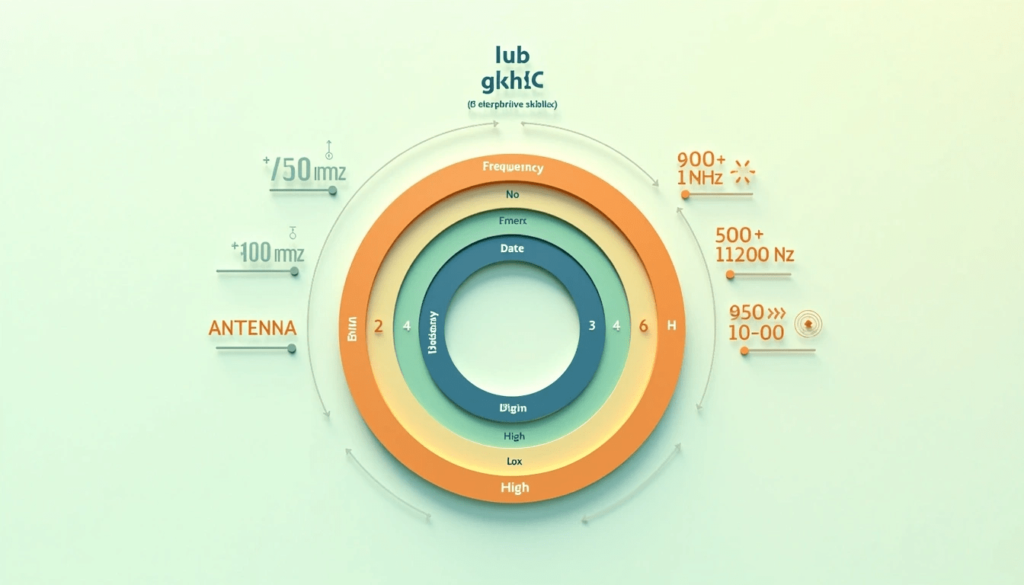Introduction
Wi-Fi has become the backbone of our digital lives, connecting everything from smartphones to smart fridges. But as our reliance on Wi-Fi grows, so do the challenges of maintaining a stable and fast connection. Enter Wi-Fi Agile Multiband, a game-changing technology designed to optimize your wireless experience. Whether you’re streaming your favorite show, battling it out in an online game, or just scrolling through social media, that optimization ensures you get the best possible connection.
But what exactly is it, and how does it work? Let’s dive in and explore this revolutionary technology that’s set to redefine how we connect.
What is Wi-Fi Agile Multiband?
This is a new capability allowing your Wi-Fi device to flexibly and actively patrol multiple bands (2.4 GHz, 5 GHz, and possibly 6 GHz in the future) to optimize performance. Consider it a traffic cop for your Wi-Fi, sending data to whichever band is less jammed up for more speed, less latency. When applied in dense scenarios involving co-existing devices in pursuit of limited bandwidth, this technology is especially powerful.
Wi-Fi Agile Multiband helps to lower the chances of running into interference and create a much smoother ride for you when going online by making adjustments to how the connection is handled.
How Does Wi-Fi Agile Multiband Work?
Wi-Fi Agile Multiband relies primarily on sophisticated algorithms that keep track of network state in real-time. It then checks factors such as signal strength, bandwidth use, and interference levels to pinpoint which frequency band is best suited for your device. For instance, if the 2.4 GHz band is crowded but the 5 GHz band is relatively free, your device will automatically switch to the 5 GHz band for a faster connection.
This silent transition occurs without any user input, which means it is truly a hands-free solution. Wi-Fi Agile Multiband also operates in conjunction with other technologies like Wi-Fi Target Wake Time to bring further efficiency, especially to IoT devices that don’t always need to be connected.
Benefits of Using Wi-Fi Agile Multiband
Now, let’s head over to the benefits of Wi-Fi Agile Multiband. Most importantly, it enhances network performance by minimizing contention and interference. This translates to faster download times, better streaming and fewer dropped connections. Second, it improves user experience by removing the need for manual band switching. No need to tinker with settings to make a better connection! Third, it is extremely efficient, making it perfect for smart homes with many connected devices.
With Social Media that optimization every device’s performance can be optimally managed from smart speakers to smart security cameras so the bandwidth they require comes without cost to the performance of the whole network.
Wi-Fi Agile Multiband: On or Off?
A common question is what do you keep out Wi-Fi agile multiband? Whether it does or not depends on your own individual needs. For the vast majority of people, leaving it on is the best choice, since it automatically tunes your connection without the need for you to lift a finger. If you’re using older devices that do not support multiband switching, you may encounter compatibility issues in certain scenarios.
In such cases, you may want to switch off temporarily. But for most modern devices, leaving Social Media that optimization will lead to a better online experience, and therefore a feature you should bear in mind.

Wi-Fi Agile Multiband and Wi-Fi Target Wake Time
Social Media that optimization and Wi-Fi Target Wake Time (TWT) are two separate technologies that complement each other in creating a better WiFi network. Whereas social media that optimization is primarily an optimization of bandwidth usage, TWT is built to help reduce power consumption by giving devices the ability to schedule when they’ll wake up. This is useful especially for battery-powered Internet of Things devices, such as smart thermostats and sensors.
These technologies work in tandem, enabling a more efficient and sustainable network, meaning your devices will stay connected without sapping their batteries or overconsuming bandwidth. It’s a double win for performance and energy savings.
Real-World Applications of Wi-Fi Agile Multiband
The practical applications of Wi-Fi Agile Multiband are vast. In homes, it ensures that everyone can stream, game, or work without experiencing lag or buffering. In offices, it supports seamless video conferencing and large file transfers. Even in public spaces like cafes and airports, Social media that optimization Multiband can provide a more reliable connection for users.
Additionally, it’s a boon for smart cities, where thousands of IoT devices need to communicate efficiently. By optimizing bandwidth usage and reducing interference, social media that optimization is paving the way for a more connected and efficient future.

FAQs
Should you enable Wi-Fi Agile Multiband?
Enabling Social media that optimization does increase speed, stability, and seamless band steering with no lag and no drops.
How to make Wi-Fi faster on an ASUS router?
And you should optimize settings, enable QoS, update firmware, use the 5GHz or 6GHz bands, center .
Is ASUS mesh Wi-Fi good?
Indeed, ASUS mesh Wi-Fi can help deliver the reliable connectivity you need throughout your entire home, with coverage in areas that traditional routers can struggle to reach, along with fast speeds, seamless roaming between access points, and intelligent management of your home network.
What is the difference between AC Wi-Fi and AX Wi-Fi?
Both cores work together: AC Wi-Fi (WiFi 5) is slower but allows you to connect to more devices, AX Wi-Fi (Wi-Fi 6) is faster, more efficient, lowers latency and provides better speeds on crowded networks.
Is Wi-Fi AC or AX faster?
WiFi AX (WiFi 6) is better than AC (WiFi 5), offering faster speeds, improved device support, and better efficiency for modern networks.

